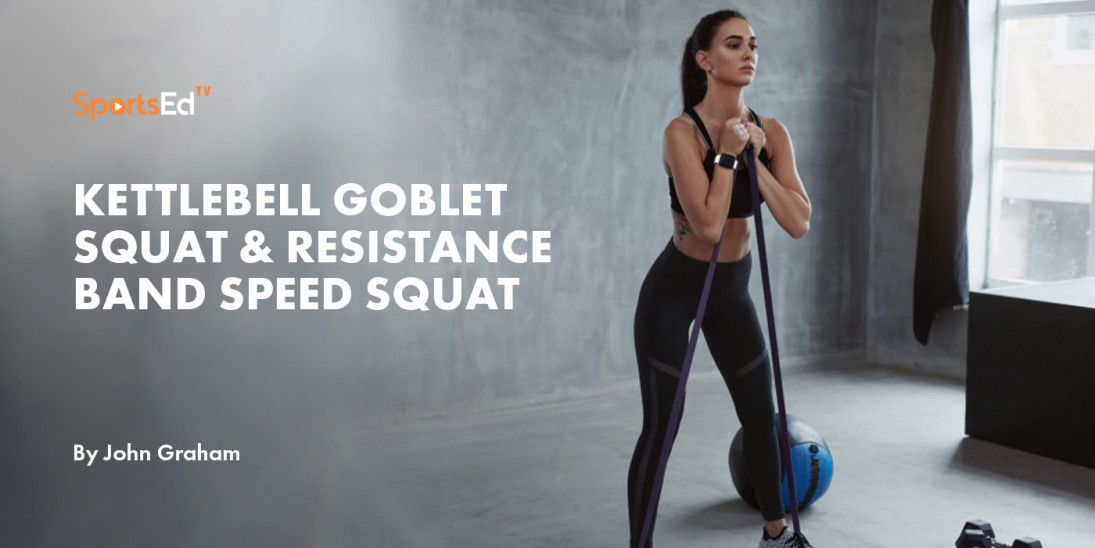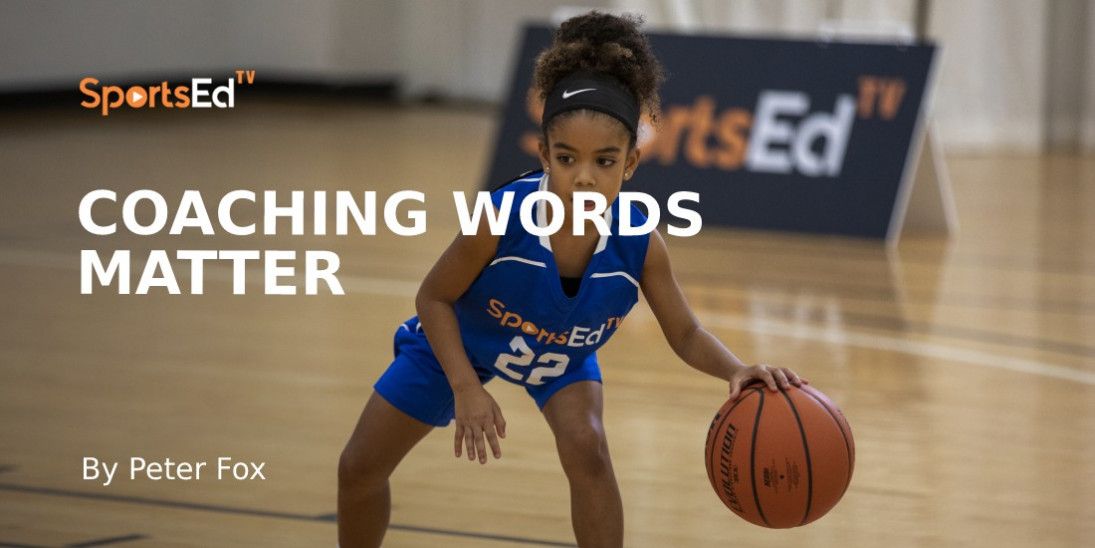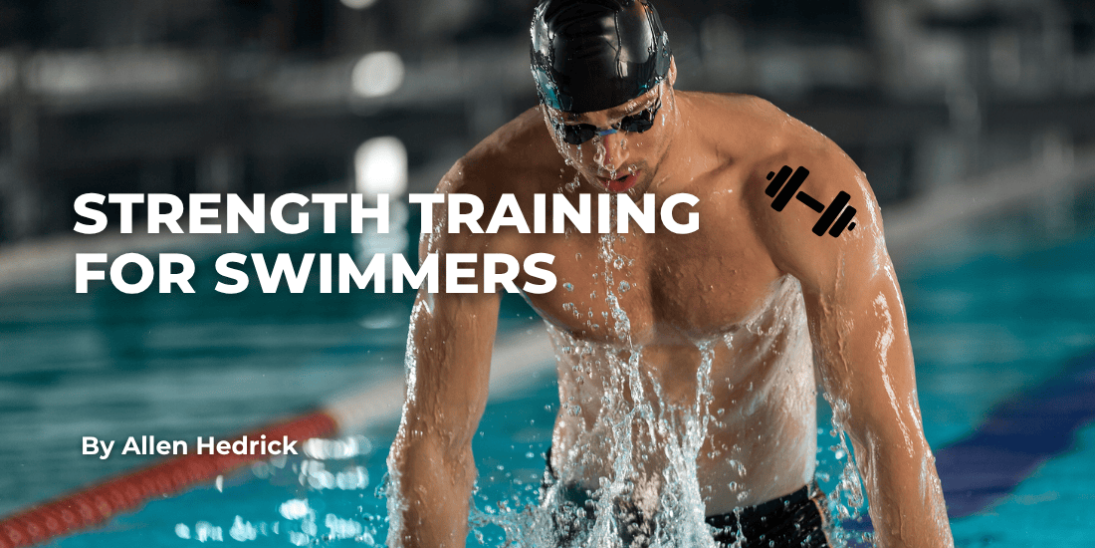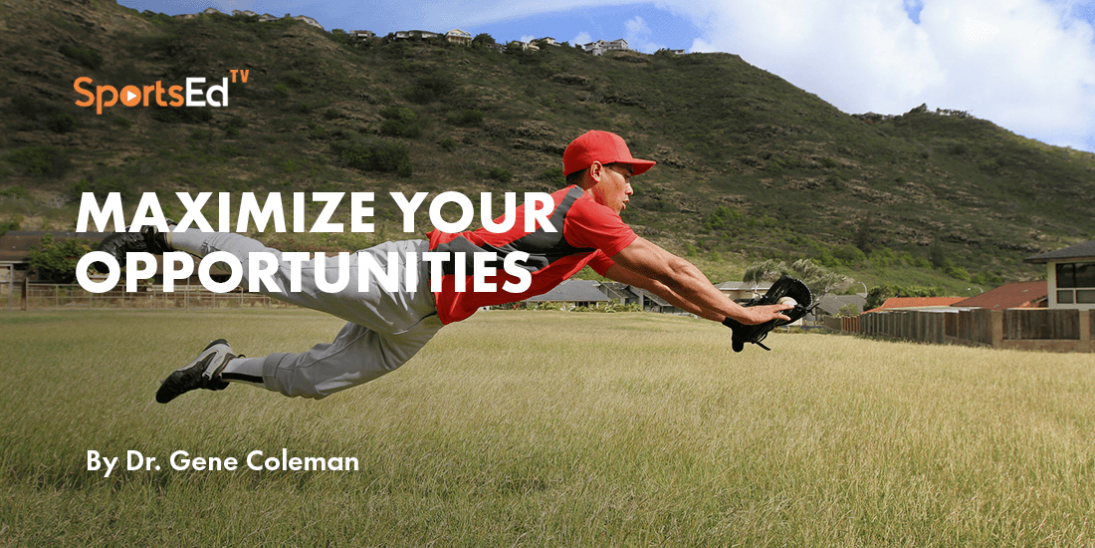Basketball, Strength And Conditioning
Welcome and thanks for visiting...

The Art of Blending Strength and Endurance Training
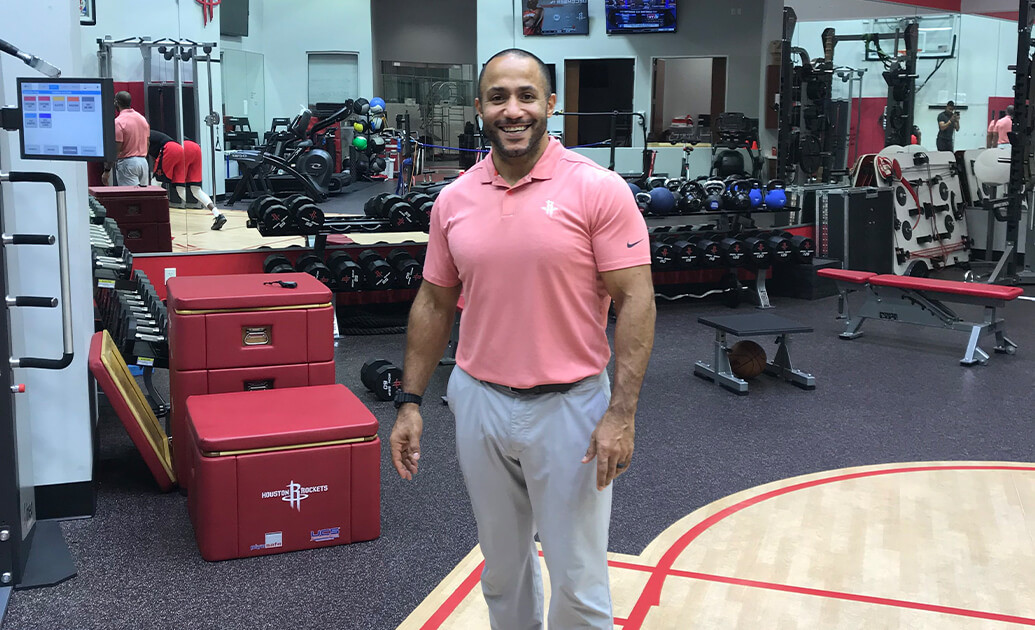
SportsEdTV Basketball Contributor, Javair Gillett, is the lead strength and conditioning coach for the Houston Rockets. In this series, we’ll discuss the art of Biomechanical Conditioning and how Gillett applies this theory to his team. Originally given as a presentation, we’ll be breaking down the key factors coaches can take and apply to use in their strength and conditioning programs.
To understand the art of biomechanical conditioning, we first need to understand what the principles of biomechanics are:
- The principle of force: force causes movement.
- The principle of linked segments: the human body is a series of linked sticks (individual segments), joined at frictionless hinges (joints).
- The principle of impulse-causing momentum: a body speeds up or slows down only while an external force is applied, and it speeds up or slows down only in the direction the force is applied.
- The principle of the stretch-shorten cycle: more muscle force is produced when a muscle is stretched before it’s shortened.
- The principle of summing joint forces: the sum of the force from all the joints used.
- The principle of continuity of joint forces: when a movement is performed, look for a smooth continuity of the segment motions, starting from the larger, more proximal segments and flowing outward toward the smaller, more distal segments.
- The principle of impulse direction: change in momentum — the speeding up or slowing down — occurs in the direction of the applied impulse.
- The principle of rotational motion: a force must produce a torque to change the rotation of a body, which changes its angular momentum.
When we break down the biomechanical movement of the body in relation to a basketball player, we see these principles are often too referred to on the court and in the weightroom when coaching shooting, dribbling, change of pace and a variety of reaction based movements like rebounding.
The Art of Blending Strength and Endurance Training:
At some point in time we decided to go off the map and get really fancy with our exercise selection. I’ve seen traditional, research-based exercises fall out of programs to be replaced with more dynamic, so-called functional exercises. I gotta say they look way cooler!
Now, this is awesome. It shows we are definitely thinking outside the box! We’re challenging each other and old-fashioned concepts. However, in turn, our athletes aren’t getting strong enough to endure the demands placed on them in competition.
The problem is when movement training becomes our actual strength training program.
Biomechanical conditioning is not a new concept. It is in no way in need of a new definition. It’s just my term for HIIT. We use it interchangeably with “resisted core conditioning”. Crossfit is HIIT, they just did a really good job at branding and marketing, but we’ve been doing this sort of training for many decades. In fact, High-Intensity Interval Training has been used for almost a century now. Fartlek training originated in the 1930s when Gosta Holmer developed this method for his Swedish cross country runners where they would run for a mile as fast as possible, rest for 5 minutes and then do repeated 50 yard sprints with slow runs in between. Hill running was also programmed in this training. Fast forward to the 90s, Tabata researched and found usefulness in 8 rounds of 20 second high-intensity interval runs each with 10 seconds rest in between. Eventually, the RAST (running anaerobic sprint test) was developed.
In the mid-1800’s the most popular job was farming. Today, the most popular job is retail. We are living in a more tech savvy society, work is refined to a desk, and our youth is growing up less active, more time being spent juggling a phone, tablet or game controller. Football was developed right after the Civil war because it was feared our men were going from “outdoor savages” to becoming “indoor pansies”. Not that we aren’t tough anymore, but we have loosened the strings, the demands, the expectations of our young athletes. Back in the day, professional athletes still worked manual labor jobs. If Willie Horton, a Tiger great, wasn’t working, he was boxing or hitting a tire with his bat as his strength and conditioning program. A weight room wasn’t a thing. So in regular, daily activities, athletes were developing fundamental strength and stamina on the job, in agriculture, mining, manufacturing, and construction. Understand, these athletes were STRONG.
Fast forward to 2020, our athletes aren’t doing this work anymore! As strength coaches, we are now just looking for ways to replicate manual labor tasks because the fancy movements ain’t cutting it!
Ultimately, through movement training, we are spending a lot of time underloading our athletes. We started out with a purpose of getting our athletes to move better. But these routines have turned into the programs.
We need to load. More purposeful prescription will place a higher mechanical stress on the joints. In other words, we need to load more appropriately, so that our movement training routines progress and transform into well rounded, mechanically-focused conditioning programs.
In our program, as we near the start of a season, we are ramping up. What does this look like?
The traditional 2-3 sets of 10 is purely maintenance. A 20 min. bike ride becomes a warm up. Interval runs on a treadmill are prescribed in active recovery. Hydroworx becomes active recovery. These are all routines within an overall program. Our movement training routines should move into our warm ups, leading into much more demanding workout routines to fill up an entire, well-balanced workout program.
It’s important to keep in mind these examples all have the potential to create high physiological stress. But from a mechanical perspective, stress is low when you compare it to the demands of a basketball game. Advanced athletes need more work. Here’s why.
In basketball, a player might play a 6-10 minute stint per quarter and take on a high volume of work over the course of an entire game. Typical conditioning needs are to ensure transfer with high physiological loads (high volume) at a higher intensity (high volume of various movements - cutting, jumping, pushing/pulling). Traditional forms of conditioning, even under higher volumes are not enough to meet the mechanical intensity demands brought about in a basketball game. Our biomechanical conditioning programs at the Rockets are circuits, in contrast format similar to a basketball game, but in total lasting 6 minutes straight. From here, we will progress up to 10 minutes straight of work and split up into 4 to 5 quarters. Again, mimicking a basketball player getting 2-3 minutes recovery in between quarters.
A player can come to us at the beginning of a season in a pretty decent physiological state (or condition). In other words, give him a 300 yard shuttle test and he’ll pass with flying colors. If we are going to start anywhere, conditioning programs and the tests we use to assess their current state, need to be more demanding; and more specific if they aim to assess game readiness.
We have to find a way to raise the mechanical intensity bar. The number of accelerations and decelerations need to increase. Jumps and lateral slides, in addition to abrupt changes of direction need to be incorporated. Actions need to mimic those encountered during a game. Thus a more field specific test needs to be produced and researched.
While we work to implement this into your program, let’s not try to reinvent the wheel without purpose. It’s obviously difficult to replicate the game especially when we are trying to limit risk. What we can do, and what we prefer to do, is put our athletes in a controlled conditioning environment under external loads and monitor and track the training effect.
What we’ve come to find out is that more complex resisted conditioning, which we have termed biomechanical conditioning, produces a high cardiorespiratory load (65-85% VO2/HR max and sometimes higher) AND a higher mechanical stress (fast twitch, explosive bursts, changes of direction, etc) with higher physiological and mechanical loads than traditional forms of conditioning. But, a lower mechanical stress than an intense basketball game. What we at the Rockets are doing is higher mechanical stress than traditional conditioning, lower mechanical stress than the open, random game environment where players are battling each other.
As a takeaway, when you look at our program as a whole, we aren’t reinventing the wheel. We keep it simple. Traditional forms of strength and power training are the staple of our program. But when it comes to conditioning we have become more complex - with a purpose backed by our most basic scientific training principles. Specificity, overload, adaptation, and interference.
Our goal is to make our conditioning methods more specific to the movement and task requirements of our athletes. It’s a science-based approach using some more progressive exercise techniques to improve an athlete’s work capacity. Especially when the purpose of exercise is to make specific adaptations to endure the demands of an explosive sport, our conditioning programs need to be designed to meet those demands.
In our next series, we’ll be discussing specific workouts that back the science behind biomechanical conditioning and how you can begin applying them to your program.


